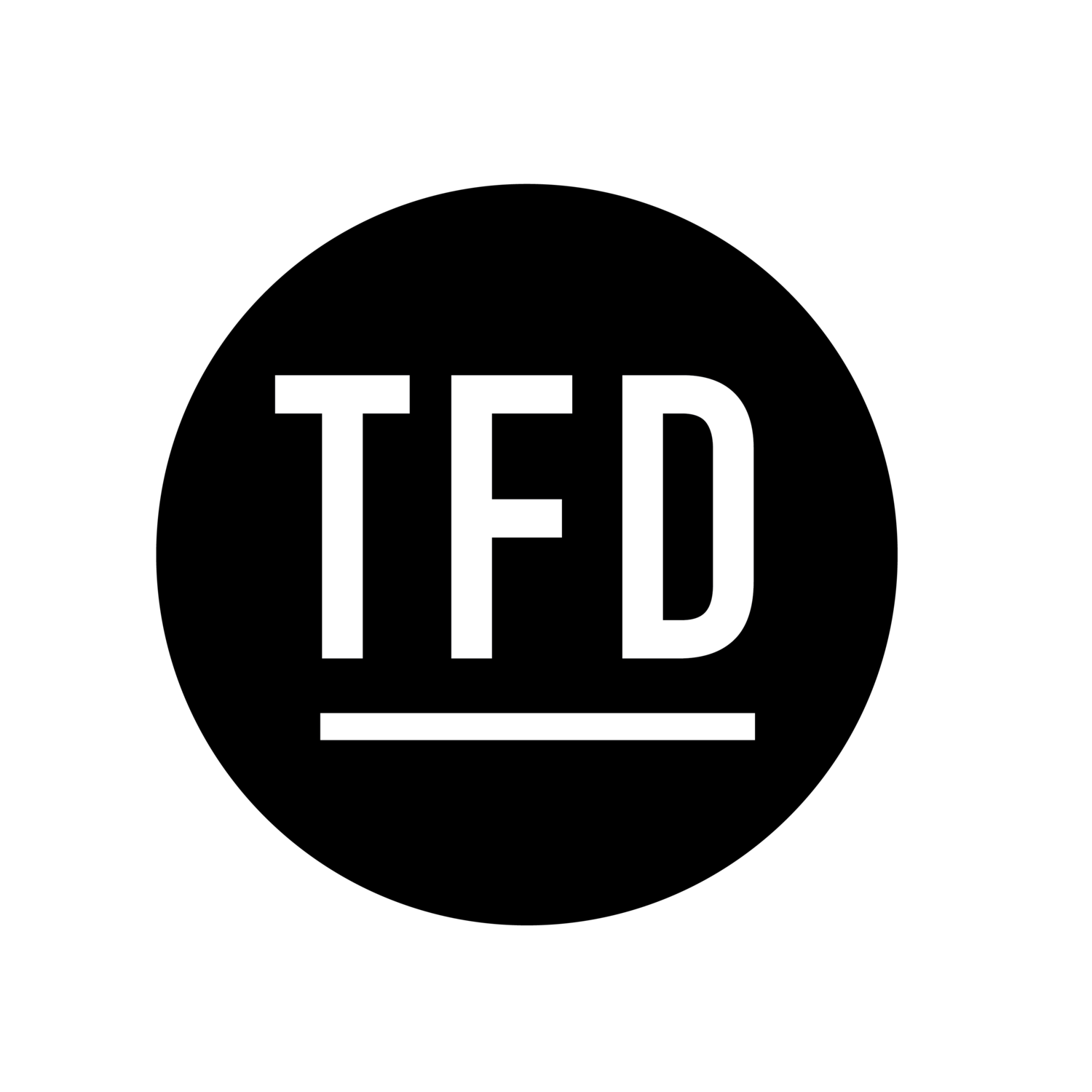Cross Channel Message Testing with Google Ads
I know everyone reading this is a TFD stan and has already read all of our marketing funnel blog posts. So, you should be familiar with optimizing your email messaging to each stage that your audience is at in the relationship with your brand. Google search ads are very far down on your subscription funnel. Why? Because if a user is going to Google and searching “your brand name + subscription” … they’re obviously very interested in subscribing to your brand.
You’ve already courted them with your content and social media messaging and this subset of your audience is now ready to pay you. We’ve previously written about checking in on your Google search ads, so if you’re new here, start there. This blog post will be waiting for you.
Now that we are all on the same page about best practices, let’s talk about message testing.
Message testing allows you to test new marketing messaging tactics on your bottom funnel audience to see what sticks. In your extensions, you can test out different combinations of benefit messaging and pricing to see what these highly motivated users convert on the most. So, when you send out your next subscription offer email, you can refer back to what combinations resulted in conversions. The idea here is that the one searching actively for your brand is your most engaged audience. The ‘Most Likely to Subscribe’ superlative in the high school yearbook would be awarded to these users. As a brand, testing copy in your google ad words campaign allows you to A/B test in more than one medium (typically most publishers are only testing copy in email) and apply these learning across multiple channels.
On the SERP, you should be owning your branded keywords and be in position one. But it is to be expected that agencies will also be bidding on your keywords. Your likely subscribers can be poached by these agencies. You don’t want to lose any subscription dollars (or worse, potential relationship opportunities!) to an agency subscription. Of course, agency subscriptions have their place, but in a competition, your brand should come out on top. If you’re not ranking first, take a look at these landing page optimization suggestions. Google believes that consumer experience is paramount. So, if agencies are better at optimizing their landing page to your keywords than you are, then Google will rank them first. Google’s algorithm chooses combinations of your extensions for you each time a search is performed. If you are in the first placement on the SERP, you have an opportunity to take up more real estate on the SERP, and therefore have more extensions showing than your competitors.
Brands have many types of extensions to test various messaging. You have structured snippets and call out extensions, which can show up to 2 headers at a time, while ads that show on mobile and tablet devices will only show one header. Not only will increasing the amount of lines take up more real estate on the SERP (2 lines on mobile can bump your competitors below the fold). Here you can list the benefits of subscribing. If you’re a B2B pub you can tout that subscribers get the Annual Book of Lists, print and digital content access, exclusive event invitations ... you get the gist. The algorithm will quickly learn (relative to your brand’s search volume) what combination of words are more likely to make a user reach your objective (clicks, conversions, leads, etc).
Price extensions and Sitelink extensions are an excellent way to test what pricing structure works best with your audience. Do they like 3 for $6 or would they prefer one year for $18? Do they want to give a gift? Do you have a BOGO option? Add every price combination you can to your ads and find out what your “Most Likely to Subscribe” audience likes the best. These extensions give your users away to click directly to the things they are looking for, skipping over your price comparison page you are likely to have in your main ad link. You can see in the images above, that Google will choose how to display these. The NYTimes ad takes up 11 lines on the SERP while the Economist only takes up only 6 lines. On mobile, those 11 lines will push the second ad below the fold. The Economist links directly to their Election Podcast in their subscription Google Ads. They know that when people are searching for their brand, they may be looking for a certain piece of popular content. When the election is over, they’ll probably switch that out with another form of revenue generating content.
After a few months of collecting this extension data (in addition to your ad copy testing information), you can gather these learnings and apply them in your messaging in other parts of the funnel. If 3 for $6 pricing resonated with your ‘most likely to subscribe’ users, you can use it in your next social media subscription campaign or subscription email effort.
Want to talk further about how to apply learnings across channels? Drop me an email at natalie@twentyfirstdigital.com.






